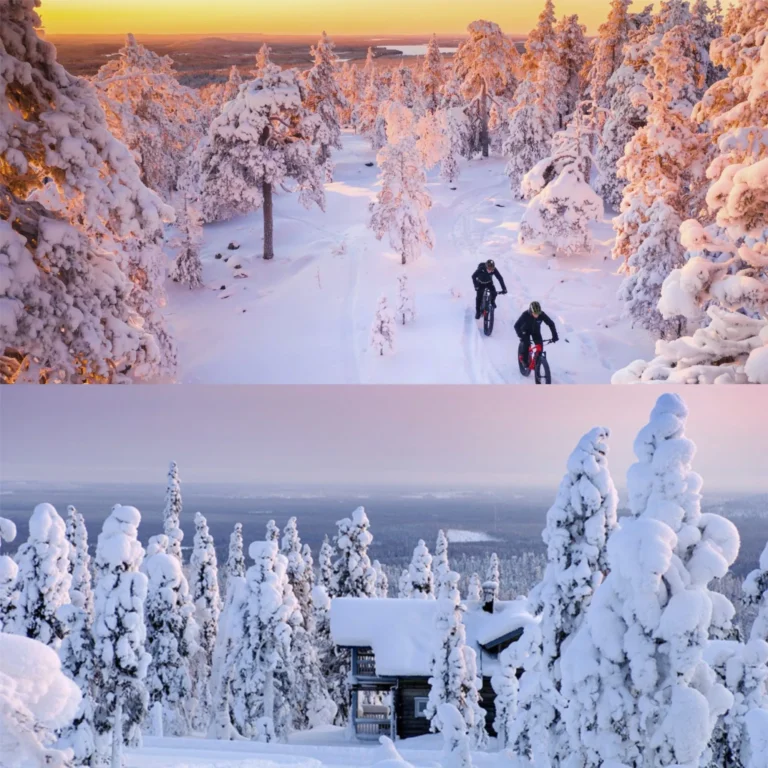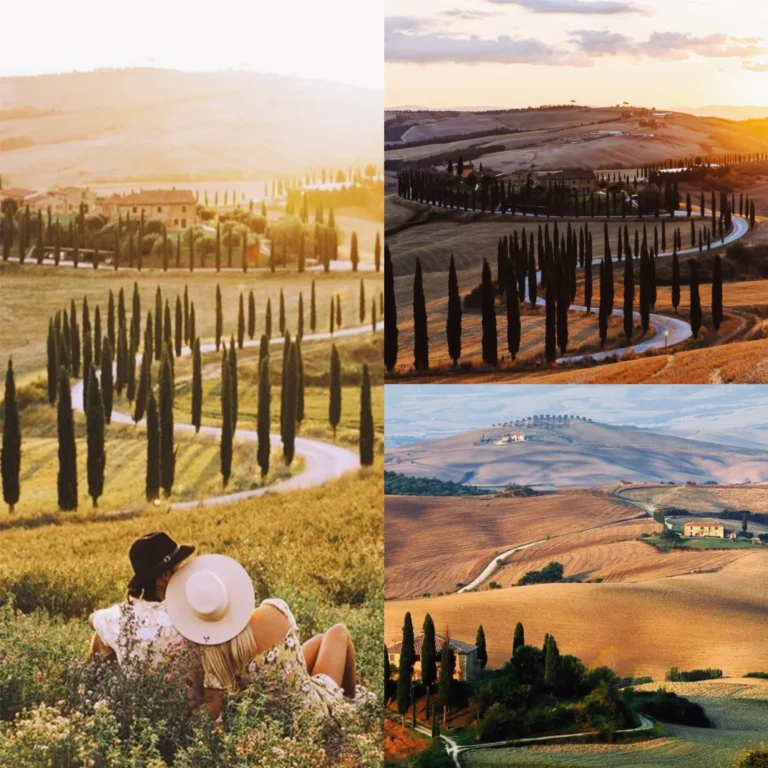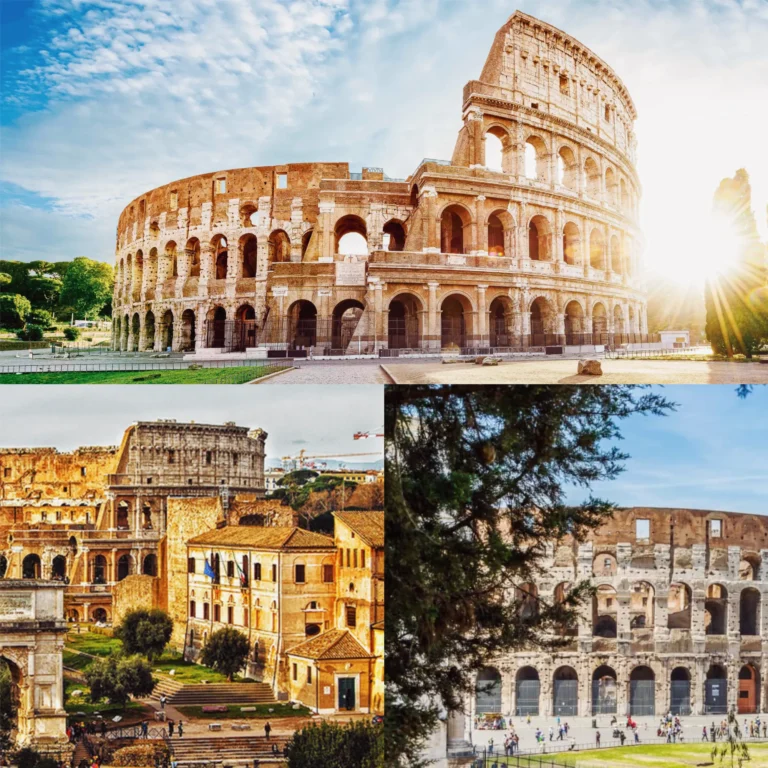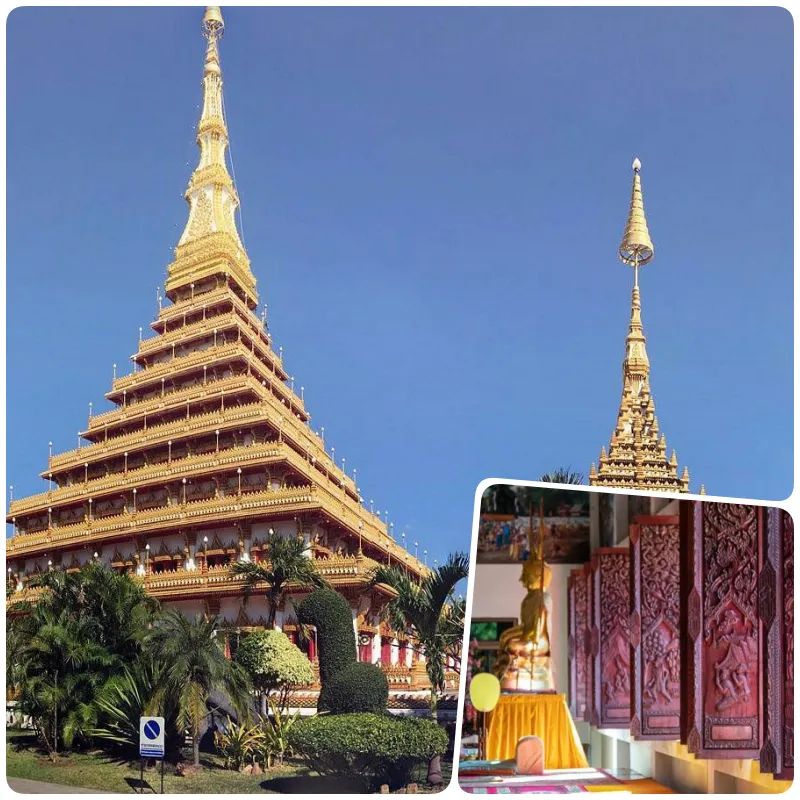
Explore the unique 9-storey stupa in Northeast Thailand
The 9-storey stupa, Phra Mahathat Kaen Nakhon, is a unique architectural masterpiece located at Wat Nong Wang, one of the largest and holiest temples in Khon Kaen. Located about 450 km northeast of Thailand’s capital Bangkok, this temple is a testament to the region’s rich cultural and historical heritage.
Nestled in the Khon Kaen province in northeastern Thailand, also known as Isan, Wat Nong Wang is a famous Buddhist temple known for its nine-story stupa, Phra Mahathat Kaen Nakhon. This temple, located about 450 km from Bangkok, is one of many sacred sites in Khon Kaen honored for its unique architecture and deep historical significance.
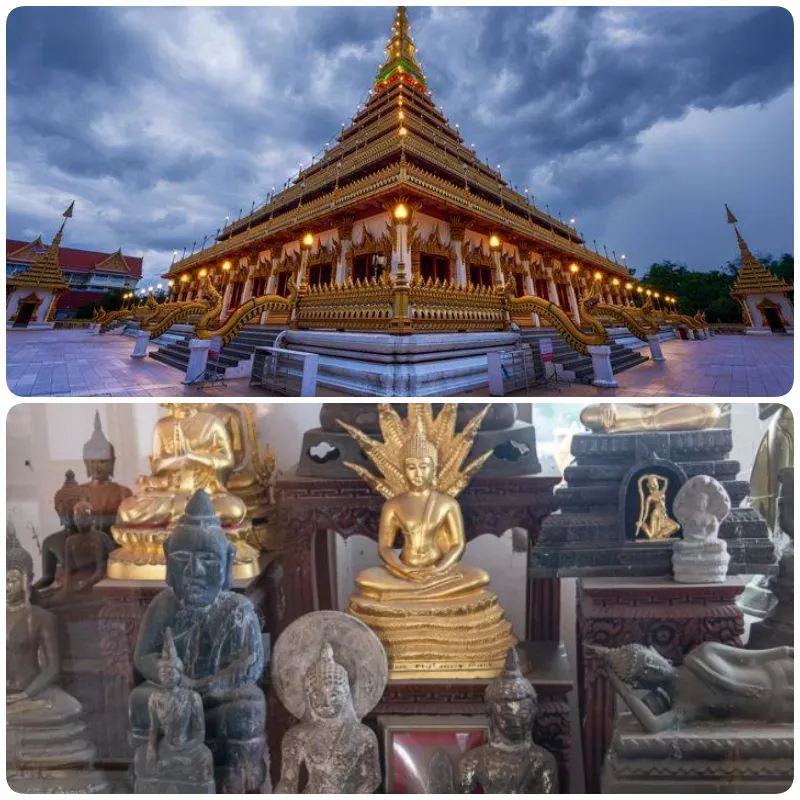
Wat Nong Wang was inaugurated in 1789, marking one of the first Buddhist structures in Khon Kaen to commemorate the 50th anniversary of King Bhumibol Adulyadej’s accession to the throne and the 200th anniversary of the founding of Khon Kaen province. The entrance to the stupa is guarded by Naga snakes, symbolizing the connection between the earthly realm and Nirvana. In Buddhist beliefs, Naga is considered a protective entity that wards off evil and prevents disasters.
The stupa is a square structure, measuring 50 meters on each side, with nine tiers that decrease in size as they ascend. The total height of the stupa reaches 89 meters. Construction of this architectural masterpiece began in 1990 and was completed in 1996. The idea of the stupa was envisioned by Luang Paw Koon Kantigo, the revered abbot at the time. The design was inspired by the Eiffel Tower and Shwedagon Pagoda, two iconic structures the abbot visited.
The top part of the stupa resembles the Phra That Kham Kaen stupa in northern Khon Kaen and has an intricate golden vine pattern similar to those found on the Phra That Phanom stupa in Nakhon Phanom province. Within the temple grounds, you will also find lifelike statues of elephants and dinosaurs, adding to the temple’s special charm. The path around the stupa is decorated with mosaic animal symbols and Western zodiac signs.
The main activities of the temple take place on the ground floor of the stupa, where the Buddha’s sacred relics are enshrined in a smaller nine-story stupa. Nearby, a realistic wax statue of Luang Paw Koon Kantigo, the revered abbot, is honored. Along the north wall is a table with 108 alms bowls, used to make merit by offering coins, and another table displaying a Buddha statue daily. The number 108 has great significance in ancient Indian culture and is often found in Buddhist traditions, symbolizing the 108 perfect marks of Buddha. This is why the 108 symbols often appear at the base of many great Buddha footprints.
The walls are decorated with murals depicting the history of Khon Kaen, the daily lives of local people and various Buddhist stories. Since opening its doors to the public for worship and tourism, Phra Mahathat Kaen Nakhon has become a symbol of Khon Kaen. Many people say: “If you have not visited Phra Mahathat Kaen Nakhon, you have not really been to Khon Kaen”, because this stupa is a place to make merit, preserve Isan culture, honor good people and show gratitude. Respect to both of you. Buddha and the king.

When entering the temple, the ground floor is where you can observe monks blessing worshipers who bring offerings. Visitors, both Thai and foreign, can also pray to the many powerful and auspicious Buddhas residing in this beautifully decorated temple. Currently there are about 55 monks and more than 200 lay people residing here. Wat Nong Wang was elevated to royal temple status in 1984 and remains open to visitors daily from 7:00 a.m. to 5:00 p.m., with free admission.
Wat Nong Wang, with its majestic nine-storey stupa, is not only an architectural wonder but also a cultural and spiritual beacon in Khon Kaen, inviting visitors to explore the rich tapestry of its heritage. Northeast region of Thailand.
